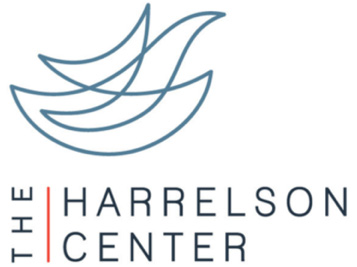This post is part of a series: Minding Our Business: Giving, Receiving & the Nonprofit Sector
In the nonprofit sector, a long-standing peeve persists: that low overhead is a measure of high efficiency. The idea that nonprofits operate in a bubble separate from the standard operating business world, where expenses stay low while results climb ever higher, has created a culture detrimental to the nonprofit sector.
Overhead, or the administrative and operational costs required to keep a nonprofit running, is the same as it would be for any business: salaries, rent, utilities, technology, supplies and equipment. The backbone of any business operations, when overhead is applied to a nonprofit, expectations are that this backbone should be as thin as a dime.
This prevailing measure that “every dollar should go directly to the mission” has led to a damaging scarcity mindset, with nonprofits feeling pressured to underreport or underfund these necessary expenses. As a result, organizations often struggle to attract top talent, invest in innovation, or scale their impact.
Lessons from Uncharitable
The film, Uncharitable, based on the TED Talk and book by Dan Pallotta, underscores how the obsession with minimizing overhead stifles nonprofits. The film presents stark contrasts between the for-profit sector, where taking risks, investing in marketing, and competitively compensating employees is celebrated, and the nonprofit sector, which is scrutinized for doing the same.
The documentary makes a compelling case for viewing overhead not as a burden but as an investment. When nonprofits are adequately funded to cover their operational needs, they can:
- Attract and Retain Talent: Talented professionals are vital for creating and executing innovative and impactful programs, motivating and managing staff, identifying strategic opportunities, assuring fiduciary management, and employing systems to measure and track impact. All that is understood in the for-profit world and needs equivalent acceptance for nonprofits.
- Leverage Technology: Tools and systems that track and enhance efficiency and reach require upfront costs that often fall under “overhead.”
- Ensure Accountability: Audits, compliance measures, and performance tracking are critical to maintaining donor trust and program effectiveness.
- Scale Impact: Growth requires infrastructure—from office space to staff capacity—which is impossible to achieve on shoestring budgets.
The Real Cost of Underfunding Overhead
When donors and funders prioritize low overhead ratios over outcomes, nonprofits are forced to make detrimental compromises. When nonprofit Boards of Directors elect to undercompensate staff, delay necessary upgrades, or forgo strategic planning, they delay or diminish their nonprofit’s impact. And when society continues to believe “you can’t earn your worth working for a nonprofit,” it fosters the inequitable judgement that helping others is a low-wage career, perpetuating burnout among workers and undermining the sector’s sustainability.
Moreover, the emphasis on low overhead often results in misleading metrics. A nonprofit with 90% of its budget allocated directly to programs might appear efficient on paper but could be struggling behind the scenes to maintain basic operations.
Rethinking the Conversation
Changing the narrative around nonprofit overhead requires a collective effort:
- Donors: Instead of fixating on overhead ratios, evaluate nonprofits based on their outcomes, transparency, and alignment with your values.
- Nonprofits: Be transparent about your operational needs and advocate for the importance of unrestricted funding.
- Funders: Offer flexible grants that allow nonprofits to allocate resources where they’re most needed, including administrative costs.
- Boards: Recognize the real costs associated with your mission and advocate without apology for funding that covers the cost of doing business.
- Public: Challenge misconceptions about nonprofit efficiency and acknowledge that nonprofits are really just a different kind of business.
Funding nonprofit overhead isn’t about indulgence; it’s about empowerment. As the film Uncharitable so powerfully illustrates, neglecting this critical aspect of nonprofit funding is not just shortsighted—it’s counterproductive. By investing in the infrastructure and capacity of nonprofits, we enable them to achieve greater impact, innovate more effectively, and create sustainable change. It’s time to stop penalizing nonprofits for the cost of doing good and start supporting them for the good they do.
Nonprofit professionals are invited to schedule a group screening of the film, UnCharitable, at the Harrelson Center; groups up to 20 are welcome. Invite your board, your staff, your key donors to join. Call 910-343-8212 to make arrangements.
Meade Van Pelt, Executive Director, The Harrelson Center

